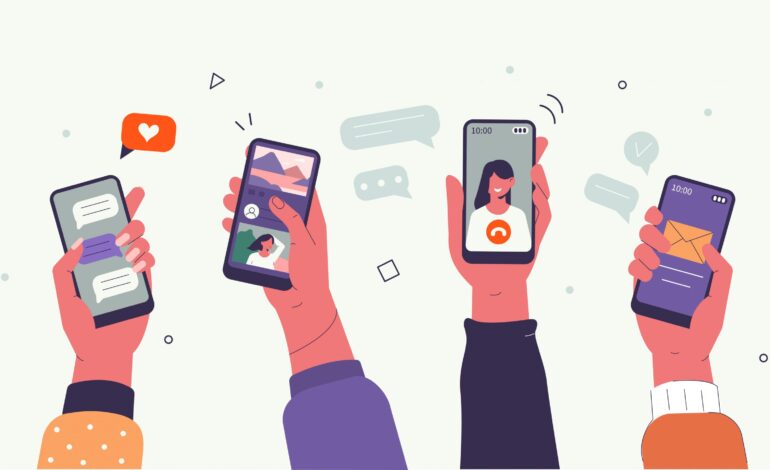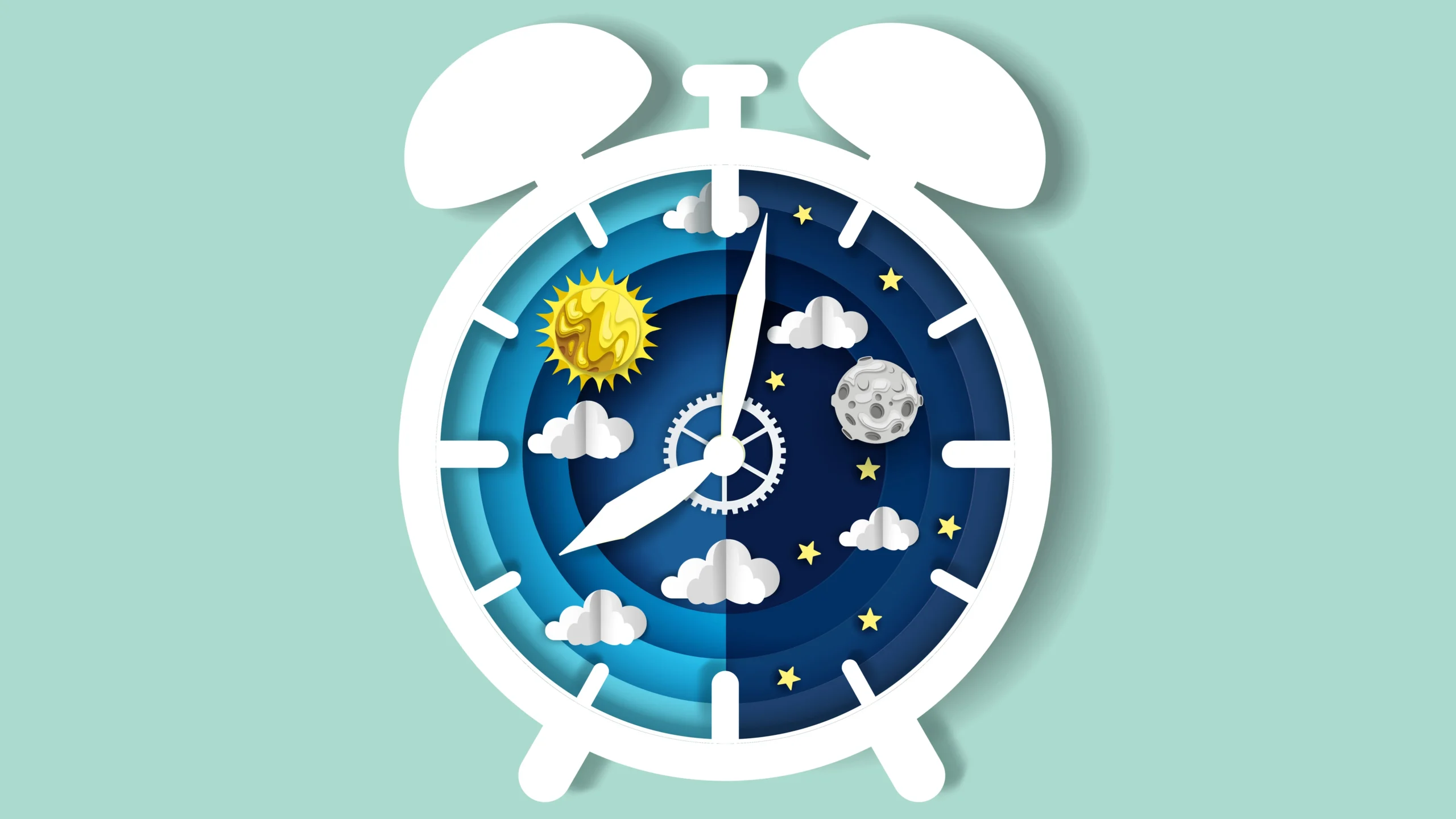Finding Your Tech Balance: Digital Wellbeing Tips

Navigating the Digital Landscape: Achieving Digital Wellbeing & Technology Balance
We live in a remarkably connected age. Technology, once a luxury, is now inextricably woven into the fabric of our daily lives. From smartphones and laptops to smart home devices and wearable tech, we’re constantly interacting with digital tools. While these advancements offer incredible benefits – instant communication, access to vast information, entertainment on demand – they also present a growing concern: their impact on our mental health and overall wellbeing. This post explores the complex relationship between technology use and mental wellbeing, and offers practical strategies for cultivating a healthier balance.
The Double-Edged Sword: How Technology Affects Mental Health
It’s easy to focus solely on the positives of technology. However, ignoring the potential downsides would be unwise. The impact on our mental health is multifaceted and often subtle. Let’s examine some key areas:
- Social Comparison & FOMO (Fear Of Missing Out): Social media platforms are designed to showcase highlight reels – curated versions of people’s lives that often don’t reflect reality. This can lead to feelings of inadequacy, envy, and the pervasive fear of missing out on experiences others seem to be having. Constantly seeing others’ perceived successes can trigger anxiety and depression.
- Cyberbullying & Online Harassment: The anonymity afforded by the internet unfortunately facilitates bullying and harassment. Experiences with cyberbullying can have devastating effects on self-esteem, mental health, and even lead to suicidal ideation in severe cases.
- Sleep Disruption: The blue light emitted from screens suppresses melatonin production, a hormone crucial for regulating sleep cycles. Poor sleep quality is directly linked to increased anxiety, depression, and impaired cognitive function. Scrolling through social media before bed can significantly delay sleep onset.
- Addiction & Compulsive Use: Technology companies invest heavily in designing apps and platforms that are inherently addictive – employing techniques like variable rewards (notifications, likes) to keep users engaged. This can lead to compulsive use, neglecting real-life responsibilities and relationships. This is a serious concern, as it can mirror the patterns of substance abuse.
- Reduced Face-to-Face Interaction: While technology connects us globally, excessive reliance on digital communication can detract from in-person interactions. Human connection is vital for mental wellbeing; lacking meaningful face-to-face relationships can contribute to loneliness and social isolation.
- Information Overload & Anxiety: The constant stream of information – news updates, notifications, emails – can overwhelm our brains and lead to feelings of anxiety and stress. The 24/7 news cycle, in particular, can be particularly detrimental.
Strategies for Achieving Digital Wellbeing: Reclaiming Your Time & Mental Space
The good news is that we *can* navigate this digital landscape more healthily. It’s about mindful usage and intentional choices rather than complete abandonment of technology (which is often unrealistic). Here are some practical strategies:
Mindfulness & Awareness:
- Track Your Usage: Use built-in smartphone features or third-party apps to monitor how much time you spend on different platforms. Seeing the data can be a powerful motivator for change.
- Identify Triggers: Recognize what situations, emotions, or times of day lead to excessive technology use. Are you reaching for your phone when feeling bored, stressed, or lonely? Understanding these triggers is the first step to breaking the cycle.
- Practice Mindful Scrolling: Before opening an app or website, ask yourself *why* you’re doing it. Is there a specific purpose? Or are you just mindlessly scrolling?
Setting Boundaries & Limits:
- Designate Tech-Free Zones: Establish areas in your home (e.g., the bedroom) where technology is not allowed. This promotes relaxation and improves sleep quality.
- Schedule Digital Detoxes: Plan regular periods – whether it’s an hour each day, a weekend once a month, or a longer vacation – where you completely disconnect from technology. These breaks are crucial for mental rejuvenation.
- Use App Timers & Website Blockers: Set time limits on specific apps and websites that tend to consume excessive amounts of your time. Many smartphones have built-in features for this.
- Turn Off Notifications: Disable non-essential notifications. Constant buzzing and dinging disrupt focus and contribute to anxiety.
Prioritizing Real-Life Connections & Activities:
- Schedule Face-to-Face Time: Make a conscious effort to spend quality time with friends and family, engaging in activities that don’t involve screens.
- Pursue Hobbies & Interests: Reconnect with offline hobbies or explore new ones. Engaging in creative pursuits and physical activity can significantly reduce stress and improve mood.
- Spend Time in Nature: Studies show that spending time outdoors has numerous benefits for mental health, including reduced anxiety and improved focus.
Cultivating Healthy Digital Habits:
- Be Selective About Who You Follow: Unfollow accounts on social media that trigger negative emotions or contribute to feelings of inadequacy. Curate your feed with content that inspires and uplifts you.
- Fact-Check Information Carefully: Be wary of misinformation and sensationalized news stories. Verify information from multiple reputable sources before sharing it.
- Practice Digital Etiquette: Think before you post or comment online. Remember that your words have consequences, and treat others with respect in the digital realm.
Conclusion: Finding Balance in a Tech-Driven World
Achieving digital wellbeing isn’t about demonizing technology; it’s about cultivating a mindful and balanced relationship with it. By recognizing the potential downsides of excessive use and implementing practical strategies, we can harness the benefits of technology while safeguarding our mental health and overall wellbeing. It requires ongoing effort and self-awareness but is an investment worth making for a happier, healthier life.



